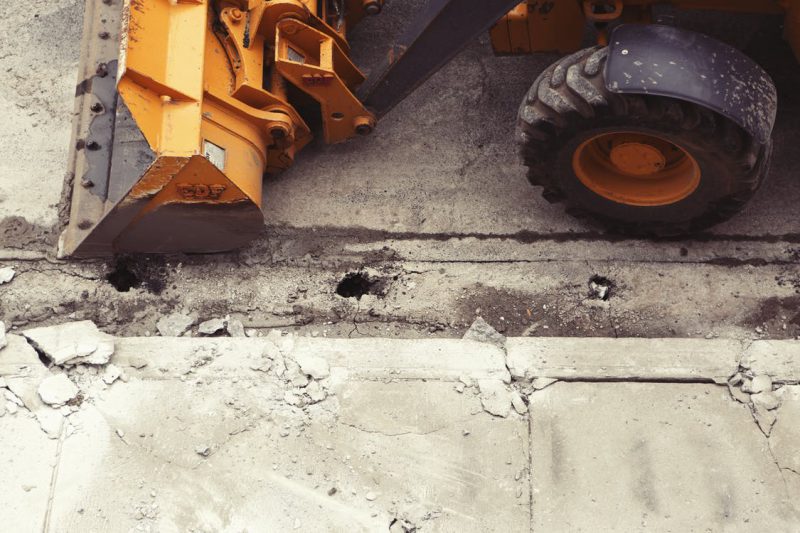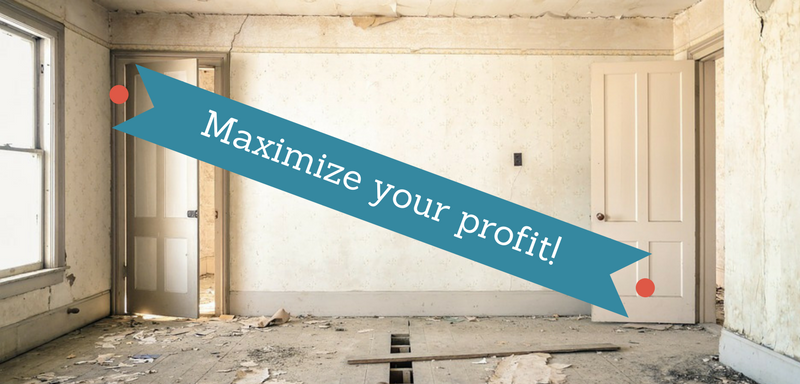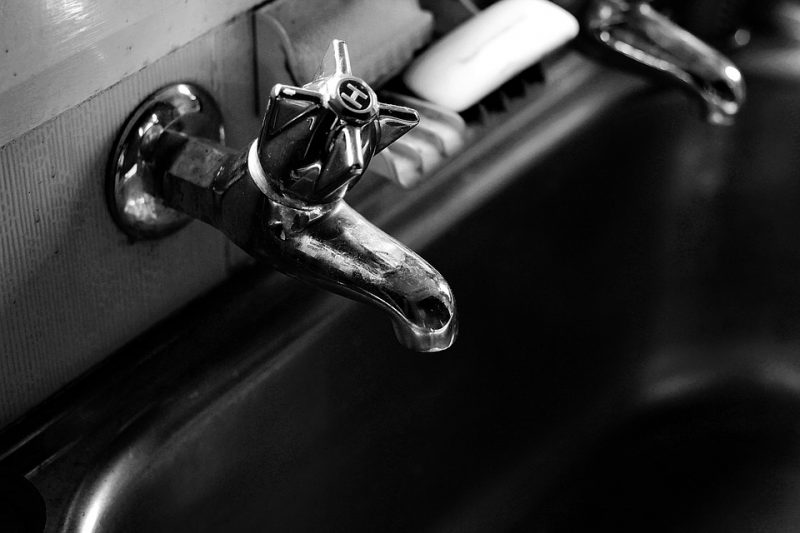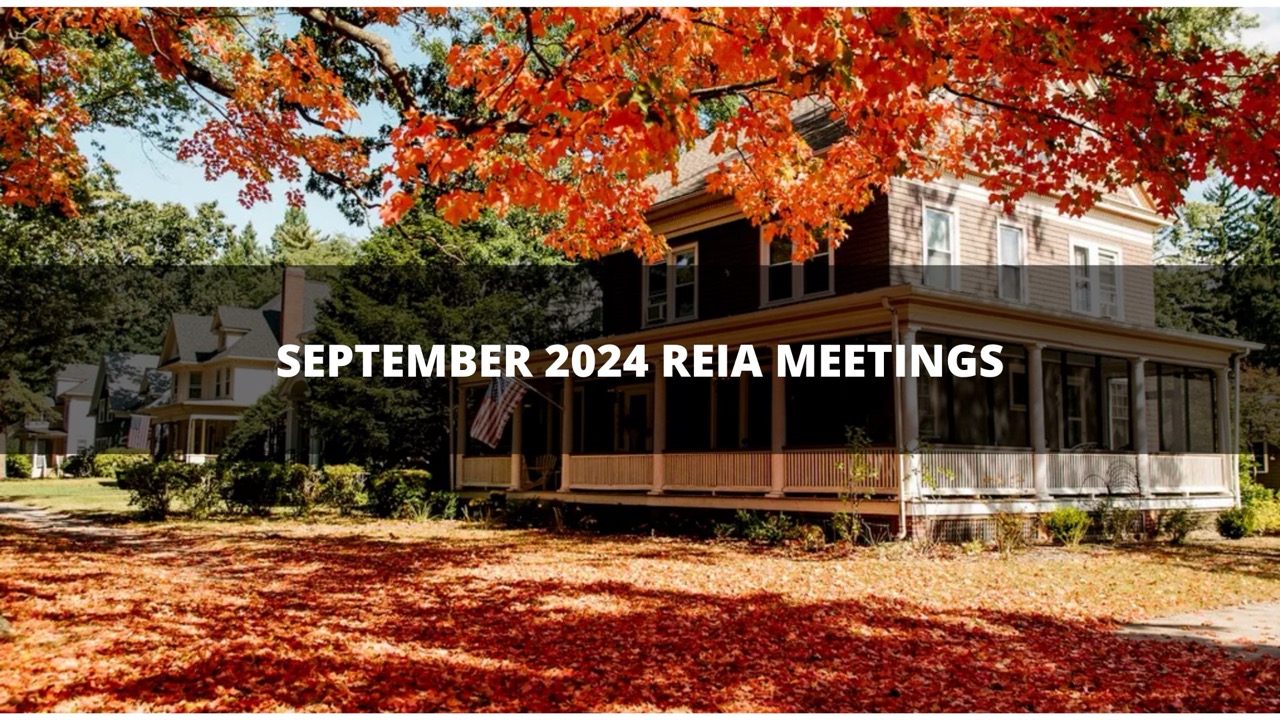4 Unique Strategies to Maximize Your House Flipping Profit
Welcome to part two of our house flipping profit maximizers series! For this series, we will be talking to several expert investors who shared their rehab ideas that help increase profits for the property sale. Stay tuned for these strategies and secrets in order to make smart rehab decisions and earn the most profit.
If you haven’t done so already, check out the first article in the series.
This month, we talked to Brian Spitz about how doing a thorough inspection can actually end up maximizing your profit.
#1 Inspection Report
Right from the beginning, I decided to do official inspections on every single house I buy. I get a list from the inspector. There’s an inspector in my area I really like to use because his report is only twelve pages long. So we use that list to make a list of things that need to be fixed or replaced.
I know as investors we want to save as much money and time as possible, and I agree. But doing a thorough inspection of your potential investment property on the front end can save you money on the back end. Being thorough in the inspection and rehab can help you sell the house for a higher price and avoid costly oversights. So in the end, you win.

#2 Plumbing
If a house is an older property, we do a hydrostatic test on it. We do this for every old house we buy. We test out the plumbing so that we can determine whether or not to fix it up.
When you buy an investment property, inspecting the plumbing is crucial. You need to make sure that the pipes are up-to-date and working.
You also need to make sure that the water is running and that the pressure is okay. Are the water heaters working properly? Does the water drain where it’s supposed to? Are the toilets working the way they should?
Plumbing is a costly element to fix. If you don’t catch the problems quickly enough, you could end up wasting a lot of money on something that wouldn’t be a problem in the first place if you were organized.
#3 Demo Work
There have been many times when we would go into a house and just start ripping everything apart and we would do everything at once. Now we have a far more organized way to do things. We have a process.
First, we do the clean out and then we do the demo. After the demo, we do foundation repair, roofing, plumbing, and any other tasks that deal with the structure. After all that is done, the people come back in and start putting the property back together.

#4 Second Inspection
Once the demo is done, we re-evaluate our work to make sure that we caught everything that needed to be done according to our repair list. Based on the second evaluation, we will adjust our repair list. After we do this, we start scheduling the trades intermittently as they need to fill in.
By this point, we have the electric rough-in and plumbing rough-in and now we have the sheetrock guys in there. To finish it all off, we bring the electric people at the end of the process to finish it out.
We split up our tasks into rough-in, punch-out, rough-in, punch-out. It costs more to do things this way but it’s worth it because when you resell the house, you’re not going to have a ton of problems come up on the inspection report.

Why Do Inspections?
Inspections help you make sure that you don’t do things twice and help you save money. One time we were redoing the electric system in this duplex and halfway through the rehab, the project manager realized that we didn’t have the right amount of materials. We didn’t have the proper number of electric boxes, panels, and the power the house required. So we had to redo the electric panels again.
We wasted three thousand dollars. This could have been prevented if we stuck to the correct order and planned out the rehab appropriately. We would have known that you have to start this process with the end in mind. If we had stuck to the correct order and had the whole thing planned appropriately, we would have known that you need to start with the end goal in mind.
You need to be diligent and do inspections on an investment property before buying so that way you know what you’re dealing with. You can then look at the report and think, “Is this what I want to spend my money on? Is this really the right project for me to invest in?” An inspection will help an investor save money and will help them use their time wisely.
After all, time is money.

Conclusion
Profit maximization is all about doing things the right way. Obviously, every investor wants to save money on flips while not pulling permits or using contractors. In the end, you’re probably going to have to use contractors and pull some permits here and there.
Organization will help you out. Having a detailed inspection will help you save money. When you have the property inspected and have the list of repairs in front of you, you can then plan out the cost of repairs and keep an accurate, up-to-date budget.
Being organized will help you save a lot of money and a potential headache. Being organized will also take you down the road to becoming a better investor.









